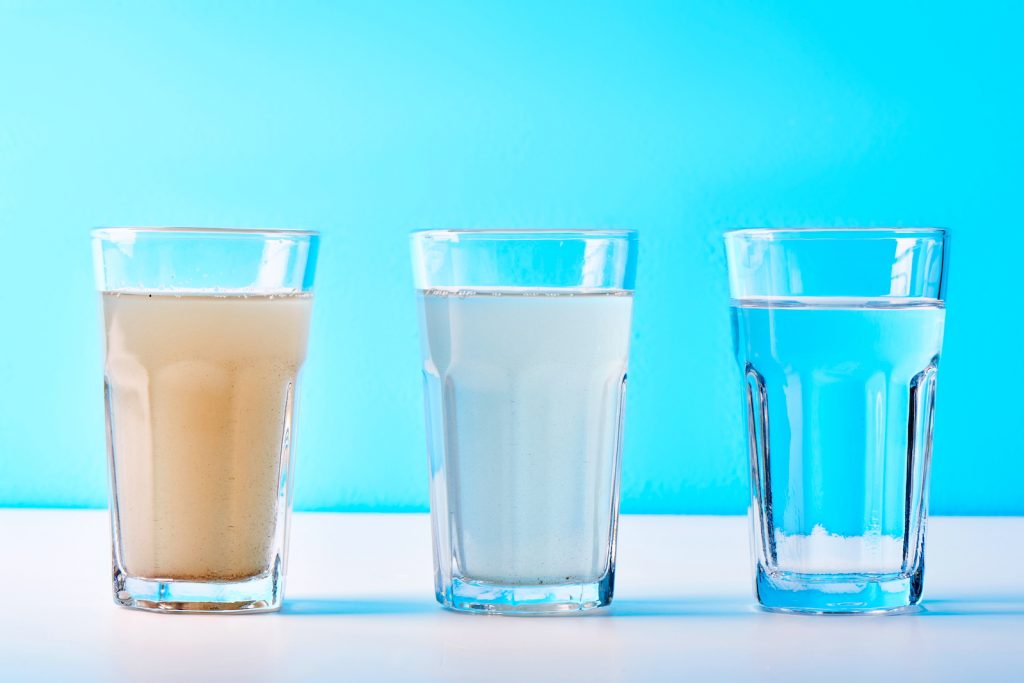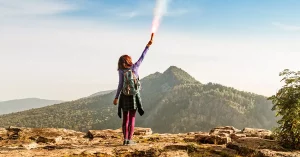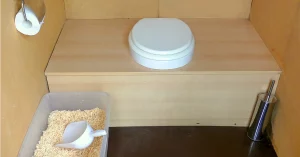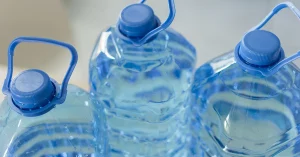Human beings can survive just three days without water, so it’s imperative that your emergency plan contains clear guidelines of how you will source and purify your water. When not done, or done improperly, you can be exposed to a variety of waterborne illnesses that could be life-threatening in an emergency situation. Dehydration is equally dangerous, as it leads to health complications, loss of energy, headaches, and lower mental alertness. You’ll also want to keep in mind that you’ll need water for more than personal hydration; you and your family will need it for cooking, sanitation, and hygiene purposes as well.
The easiest way to prevent a water shortage is to stock up on bottled water. Many sites recommend that you should have an emergency water purification method, but also to include several packs of water, enough for your family members to all be fully hydrated for 72 hours. This comes to about 20 gallons per person per month. Bottled water can last for years if it’s stored properly in a dark place that doesn’t get too hot. Another tip is to avoid stacking cases of water on top of each other, as eventually they will get very heavy and cause the bottles in the bottom cases to leak, causing both water damage to your space and a loss of valuable water. Once bottles are opened, experts recommend that you drink them within 3 days to prevent mold.
There are also large storage tanks that you can look into if you’d like, as this can help you create a more heavy duty water protection plan. You can also use your bathtub as a last minute storage option, as it can store about 100 gallons! Sites also recommend that you have a primary water plan with two backups; filters can fail and you never know what could come up.
1. Boil Water
If you don’t have bottled water readily available, you can boil whatever water you have. Boiling it properly will kill bacteria and viruses to make it safe for drinking. You will want to let the water settle first and then pour it through a coffee filter or water towel. Once the water is boiling, let it boil for about three minutes. If you want to be extra careful, let it boil for ten minutes. Then, let it cool by itself.You can do this over a campfire or stove, but if you do not have this available, you can heat rocks for a half hour in a fire and then put them into the water itself. If you find that the taste of this boiled water bothers you you can add a pinch of salt to each liter of water. According to experts, as long as the water has hit at least 212 degrees Fahrenheit, there will not be any bacteria present. However, this method doesn’t remove toxins such as lead. To help with this, you can filter it back and forth through a coffee filter to help. As an additional note, if you are at a higher elevation, you will want to boil the water for a few minutes longer.
2. Solar Radiation
If it’s sunny outside, you can leave water in the sun for 48 hours straight and the sun will improve the quality of your water. Some believe that just leaving the water out for one day is effective. The Sun’s strong UV kills biological hazards in the water without you having to do much. It is free and uses no dangerous chemicals, and can be done easily; you can leave water bottles out in the sun while you are going about your day and will have clean and drinkable water available in the end. The only problem with this method is that you’ll have to get lucky and have one or two sunny days in a row, rainy days don’t help disinfect at all.
3. Bleach (Unscented)
You likely have bleach at home, as it is used for home tasks often and is very inexpensive. A 5% bleach can purify your water supply as long as you use the proper measurements. Choose an unscented chlorine bleach with between 6 and 8 percent hypochlorite. You’ll want to use 1/8 of a teaspoon of bleach for every gallon of water, and let it sit for a few hours before you drink it. It makes water potable and kills mold and mildew quite effectively.
4. Chlorine Tablets
Chlorine tablets are considered effective for purification. These are made to purify water and can be found in stores. You’ll only need one tablet per quart of water. Also, if the chlorine smell bothers you, you can add vitamin C or lemon water to improve the smell and taste so that the chlorine isn’t overpowering.
5. Personal Filtration Straws
These can be found at camping stores, and allow you to just put the end of the straw into a body of water and drink it. They are also very portable and small, so they won’t take up any space in your bag. They are not able to filter out all bacteria, but they are better than nothing. They can also fit onto a garden hose if you have one available. These straws have an activated carbon filter, so this will help remove weird smells and tastes from the water so it is easier to drink.
6. Disinfecting Tablets
Water purification tablets are a good bet, as they are inexpensive and easy to carry. They can make sure that all of your drinking water is safe within just a half hour. These tablets have chlorine or iodine in them to kill bacteria or viruses, so all you have to do is drop it in and then let it sit for 30 minutes. These work by putting free chlorine into the water to kill pathogens quickly. Top brands are Mighty and Katadyn tablets. They have a 5 year shelf life. They also claim to make water safe from typhoid, cholera, and other water illnesses. They also work quickly in twenty to thirty minutes.
7. Home Water Filtration Systems
Home filters are effective for removing bacteria, parasites, chemicals, nitrates, and other harmful components in your water. These are highly effective and can last a very long time. They’re perfect for shelter in place or large campsites, however if you are in a smaller space or you are on the move, you can use a portable filter such as a Sawyer Filter. These are just as effective and can be carried in your backpack.
8. Granular Calcium Hypochlorite
Granular Calcium Hypochlorite is another option for water purification, although it is regarded as slightly less safe than using unscented bleach, as it is a little bit more technical. This chemical is also known as pool shock. In its bare form, it is used to sanitize pools and prevent algae. However, since you’re going to use it sparingly, you can use a one pound bag for around 10,000 gallons of water. You will only need one teaspoon for every two gallons of water. You’ll want it to then sit for around a half an hour. When you’re using chlorine, the quantity needed can also depend on how contaminated the water is. You can use a pool test kit or test strips to test your water after the thirty minute mark to see if you need to add more.
9. Polyglu
Poly Glu is a powder that sticks to dirt that is in your water and sinks it to the bottom. Notably, Polyglu has been used by the UN in Somalia to help Somalis get proper access to drinking water in the midst of their drought. It has also been used in India, Bangladesh, and Tanzania. It has lowered the rate of diarrhea and other water-borne illnesses among these populations. It’s considered highly effective as just one gram can treat five liters of water. It works on most water besides wastewater.
These are the best emergency water purification methods around. With how quickly technology advancing, there are sure to be more ways that come out to help everyone have water in case of an emergency.




